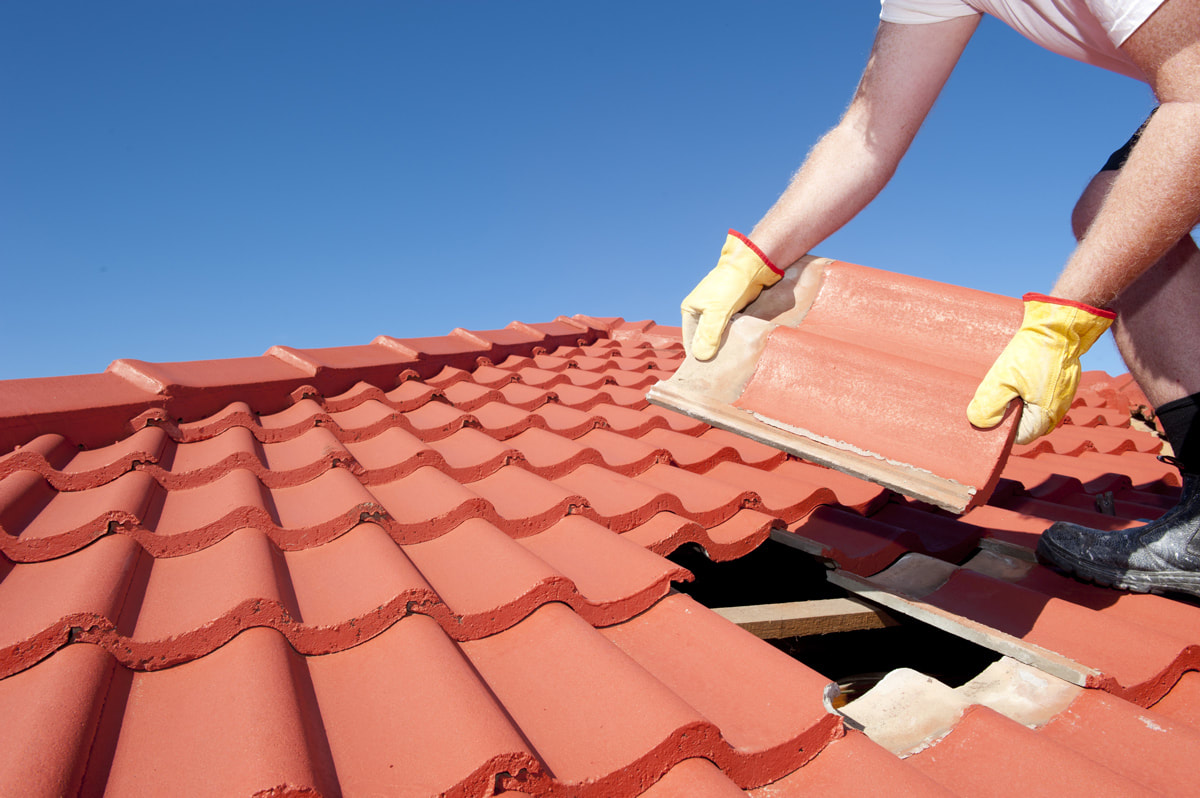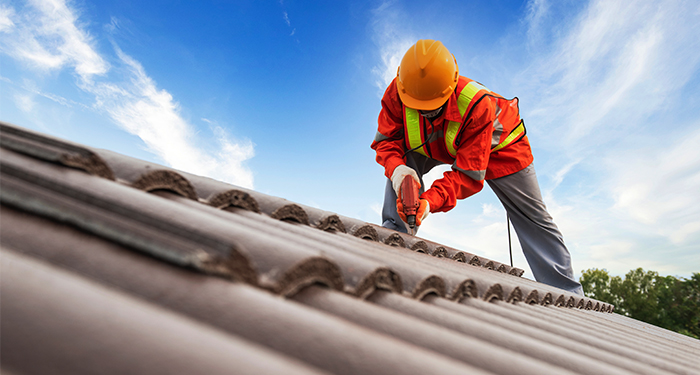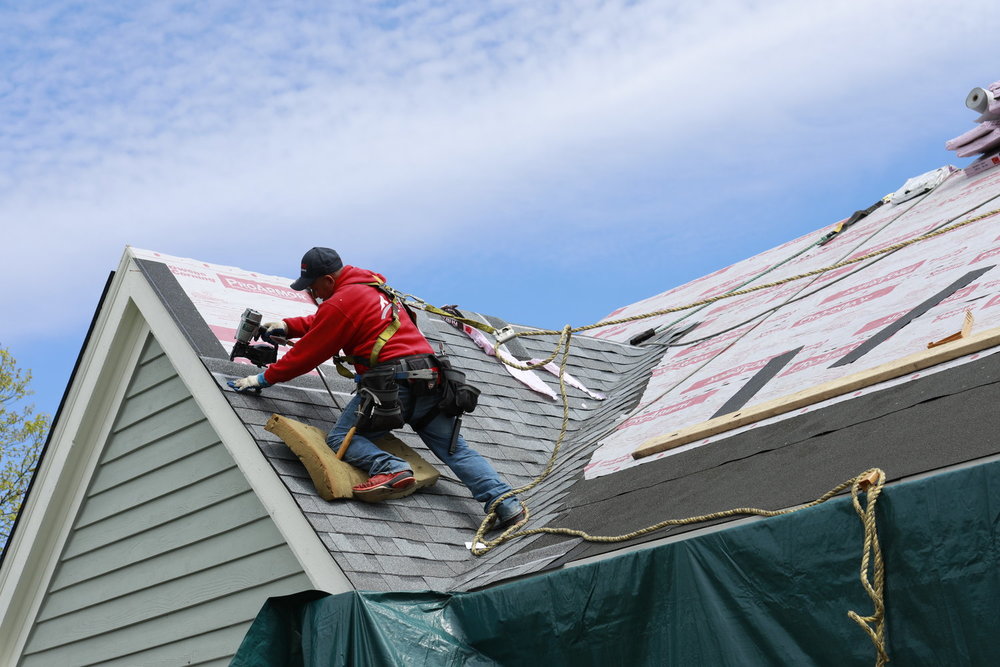Signs Your Shingle or Tile Roof Needs Immediate Repair
Your roof protects your home from rain, wind, and Florida’s intense sun. Keeping it in good shape is crucial to prevent costly damage inside your house. Roofs made of shingles or tiles are common here, but they can wear out over time. Knowing when to act quickly can save you money and stress.
Look for Missing or Broken Shingles and Tiles
Missing or damaged shingles and tiles
One of the easiest things to notice is if shingles or tiles are missing or damaged. Shingles might curl, crack, or fall off after storms or years of sun exposure. Tiles, especially clay or concrete ones, can break or slip out of place.
If you spot any missing pieces, it means your roof is vulnerable to leaks. Water can seep into the underlayment and eventually damage the wooden structure beneath. Don’t wait to fix this — missing shingles or tiles need prompt replacement to avoid bigger problems.
Check for Granule Loss on Shingles
Granules in gutters or bare spots
Shingles are coated with granules that protect them from UV rays and weather damage. If you see granules in your gutters or notice bare spots on the shingles, that’s a warning sign. Granule loss reduces the shingles’ effectiveness and shortens their lifespan.
If your roof looks smooth or shiny in some areas where it should be rough, it’s time to call a professional. Extensive granule loss means your shingles are aging and may need repair or replacement soon.
Watch for Roof Leaks or Water Stains Inside
Signs of leaks inside your home
Water stains on your ceiling or walls often mean your roof is leaking. Leaks can come from damaged shingles or tiles, worn flashing, or cracks around roof penetrations like vents and chimneys.
If you notice discoloration, damp spots, or peeling paint inside, don’t ignore it. Water damage inside your home can lead to mold growth and structural issues. Getting your roof inspected quickly can pinpoint the leak source and stop further damage.
Notice Curling, Buckling, or Warping Shingles
Shingles that don’t lie flat
Shingles should lie flat against the roof. If you see them curling up at the edges, buckling, or warping, that’s a sign they are past their prime. This usually happens due to moisture getting trapped or shingles drying out over time.
Damaged shingles lose their ability to protect your roof from rain and wind. Fixing or replacing these shingles is essential before they start falling off or allowing water inside.
Spot Cracks or Chips in Tiles
Damaged tiles need quick attention
Tile roofs are durable but not immune to damage. Heavy storms, falling branches, or even walking on tiles can cause cracks or chips. Cracked tiles let water penetrate underneath, damaging the roof’s base.
If you find cracked or broken tiles, have them replaced right away. Repairing these small problems early prevents leaks and extends your roof’s life.
Look for Sagging or Uneven Roof Sections
Structural damage warning
A sagging roof is never normal. It indicates structural damage to the decking or supports beneath the shingles or tiles. Moisture buildup from leaks can cause wood to rot, weakening the roof’s framework.
If your roof looks uneven or dips in certain areas, call a roofing professional immediately. This issue requires urgent attention to prevent a roof collapse or extensive repair costs.
Inspect Flashing and Roof Joints for Damage
Check flashing around roof features
Flashing is the metal or waterproof material installed around chimneys, vents, and valleys to keep water out. If flashing becomes loose, rusted, or cracked, it can cause leaks.
Check these areas carefully, especially after storms. Damaged flashing needs repair or replacement quickly because it is a common cause of roof leaks.
Pay Attention to Excessive Roof Debris
Leaves and branches can cause damage
Leaves, branches, and other debris can accumulate on your roof, especially if you have trees nearby. While this may seem harmless, debris traps moisture and can cause damage to shingles or tiles.
If you see a lot of debris, clean it off safely. Keeping your roof clear helps prevent moss, algae growth, and moisture damage.
Watch for Signs of Mold, Moss, or Algae
Moss and algae growth impacts roof health
Florida’s humid climate makes moss and algae growth common on roofs. While some algae stains look harmless, moss can hold moisture against your roof and cause damage over time.
If your roof has dark streaks, green patches, or fuzzy growth, have it cleaned professionally. Mold and moss can degrade roofing materials and lead to leaks.
Consider the Age of Your Roof
Older roofs need more attention
Even if your roof looks okay, its age matters. Shingle roofs generally last 20 to 30 years, while tile roofs can last 50 years or more if maintained properly.
If your roof is nearing or past its expected lifespan, start planning for repairs or replacement. Older roofs are more prone to sudden damage and leaks.
Conclusion
Your shingle or tile roof faces tough conditions in Florida’s climate. Regularly checking for missing or broken shingles or tiles, granule loss, leaks, curling shingles, cracked tiles, sagging areas, damaged flashing, debris buildup, mold, and age can help you catch problems early.
Acting fast when you notice any of these signs can prevent bigger, more expensive repairs later. When in doubt, have a trusted roofing professional inspect your roof. Staying ahead with maintenance and timely repairs will protect your home and your investment.
If you need help with roof repairs or want a thorough inspection, contact a reliable local roofing company today. They can provide expert advice and keep your roof strong for years to come.

Recent Posts
Can You Repair Just a Section of a Shingle or Tile Roof?
August 06, 2025
The Most Common Roof Repair Mistakes to Avoid
July 30, 2025


